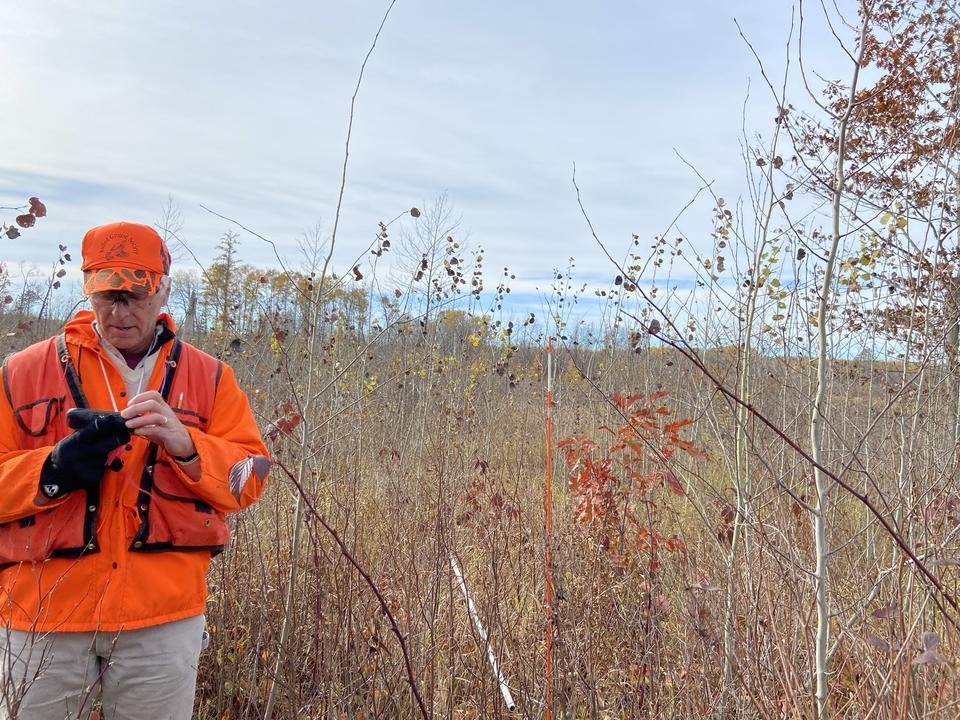Overview
The focus of this case study is a buckthorn control project in the Sandstone Forestry Area. Objectives of the project were to “operationalize” control methods in a part of the state where buckthorn is not yet endemic. Specifically, we wanted to develop methodology for a treatment option that is:
- Effective in that it controls buckthorn well enough to enable desirable regeneration to thrive and reduce spread of buckthorn.
- Less expensive than traditional control methods, such as a “cut stump” treatment or broadcast herbicide spray.
- Relatively easy to set up and administer.
The project was done on a mature aspen stand. Buckthorn locations were identified during the timber appraisal, with GPS points recorded. Buckthorn was spot-treated with basal bark herbicide before harvest. The stand then had a clearcut with reserves harvest in the late summer of 2019 (see Figure 1 for current regeneration conditions as of 2022).
The case study contains an assessment of the effectiveness and cost of buckthorn control work, as well as impacts to desired regeneration.
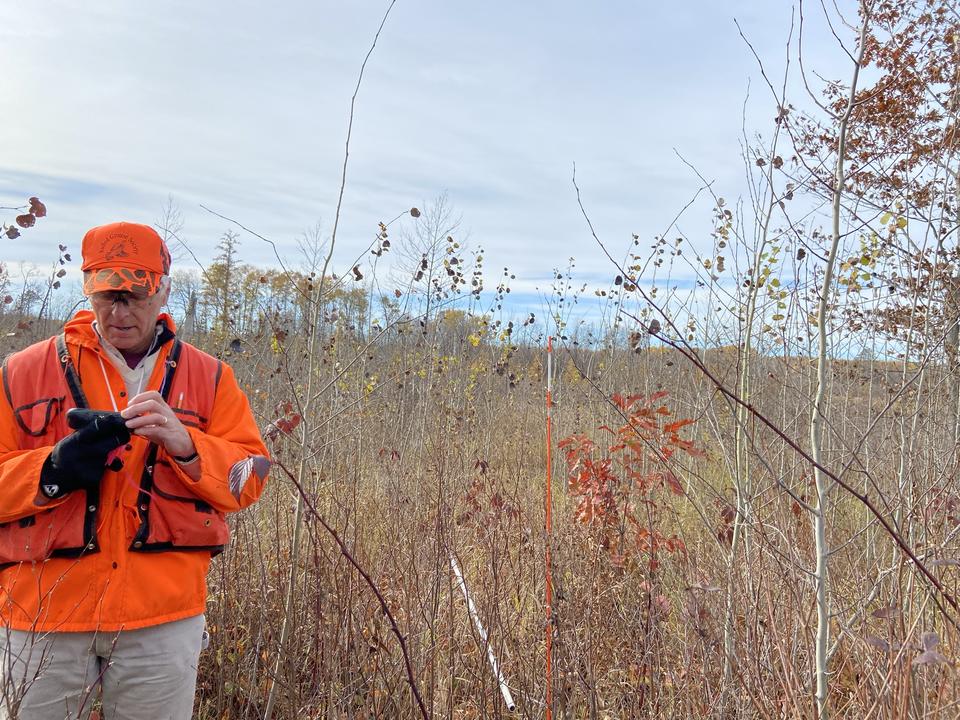
Figure 1: Abundant aspen regeneration on the study site in October 2021.
Silviculture Objective(s)
- Regenerate a mature aspen stand to a young stand of similar composition
- Control spotty buckthorn infestation well enough to reduce and delay further spread, and enable desirable regeneration to thrive.
Pre-treatment stand description and condition
Stand establishment and management history:
Many forest stands in the Sandstone Area originated after the control of fires post-European settlement. The stand was a 72 year-old aspen stand before treatment.
Pre-treatment species composition:
Inventory data in Figure 2 shows that the stand overstory was dominated by aspen with an average DBH of 12 inches. There were also small volumes of red oak and green ash scattered throughout the stand and at least one patch of red and white pine. Data in Figure 3 shows that understory regeneration consisted of small amounts of aspen, paper birch and red maple with patchy distribution.
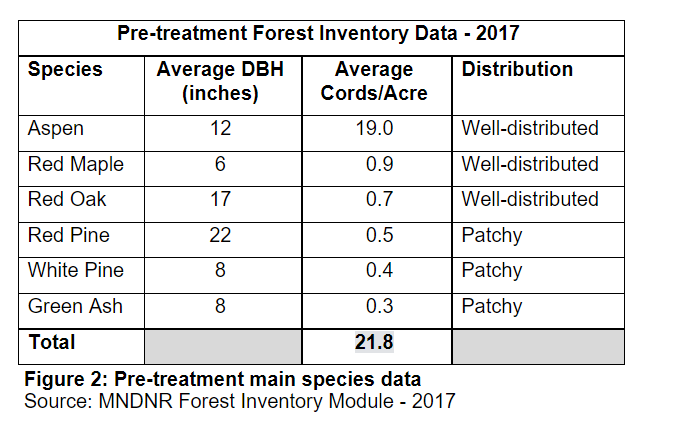
Figure 2: Pre-treatment main species data
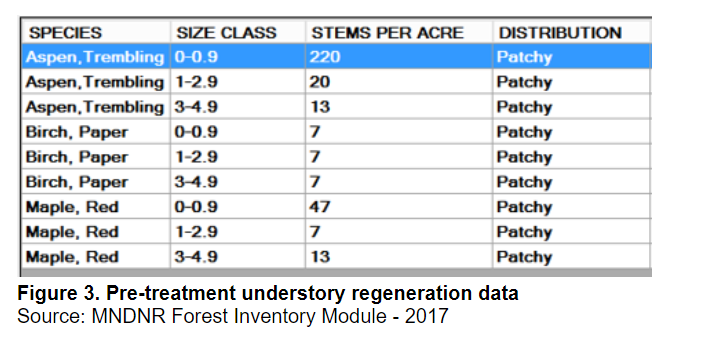
Figure 3: Pre-treatment understory regeneration data
We did not take pre-treatment data plots to determine exact buckthorn density. However, the forester that administered the control project tells us that it probably ranged from 1” to 3” DBH in size, 4’ to 8’ in height, and was distributed mostly as scattered individual stems, along with a few patches of variable density. See Figure 6 for GPS points of locations identified.
Pre-treatment forest health issues:
Hypoxylon canker on aspen, affecting 26 to 50% of the stand and leading to 1 to 10% mortality.
Landowner objectives/situation:
While specific objectives vary from parcel to parcel, lands under the administration of DNR-Forestry are managed in alignment with Section Forest Resource Management Plans (SFRMP) to ensure that state forest management activities meet statewide goals for ecological protection, timber production, wildlife habitat and cultural/recreational values. The DNR assembles teams from the Divisions of Forestry, Fish & Wildlife, and Ecological & Water Resources who work with partners and the public to develop SFRMPs.
The SFRMP direction is for timberlands to be productive, and the spread of exotic species to be controlled.
Site-specific objectives include development of an effective, reasonable-cost, operationally feasible method for controlling buckthorn infestations and reducing spread in the Sandstone Forestry Area.
Silviculture Prescription
The following series of treatments were implemented.
| Treatment | Date | Description | Acres Treated |
| Stand appraisal and silvicultural assessment | 2017 | The stand was assessed for a silvicultural regeneration strategy, and a timber appraisal was completed. | |
| Spot basal bark herbicide buckthorn control | March 2017 | During the timber sale appraisal for this stand, GPS points were collected when buckthorn was encountered. Conservation Corp Minnesota (CCM) crews were required to go to the GPS points and then search an area 100' in diameter from the point in order to identify and treat any buckthorn present. If buckthorn was discovered outside of these 100' zones while doing the work, that was also treated. Buckthorn stems were basal bark sprayed, using Garlon 4 Ultra (25%) with bark oil herbicide. | 86 |
| Clearcut with reserves timber harvest | 2019 | A clearcut with reserves harvest was done in the late summer of 2019. All pine and some scattered younger hardwood trees were reserved. | 86 |
What actually happened during the treatment
The project was very successful and efficient. The initial data collection to identify buckthorn patches during the stand appraisal took very little extra time for the forester, and the CCM crew was able to use this information to narrow their buckthorn “search and destroy” work. Targeted buckthorn stems were almost all treated. The project was completed under budget.
Post-treatment assessment
Two growing seasons after harvest in fall of 2021, aspen stocking was excellent, with regeneration of several other tree species also present at low levels (See Figure 4). Regeneration is well above competition and free-to-grow.
Small buckthorn is present on much of the site at low density, but it did not impede establishment and growth of desirable regeneration in a significant way.
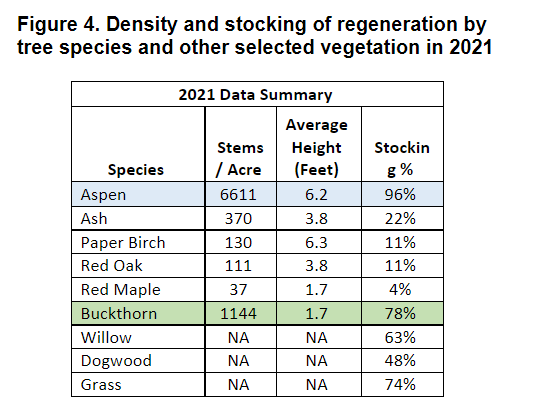
Figure 4: Density and stocking of regeneration by tree species and other selected vegetation in 2021.
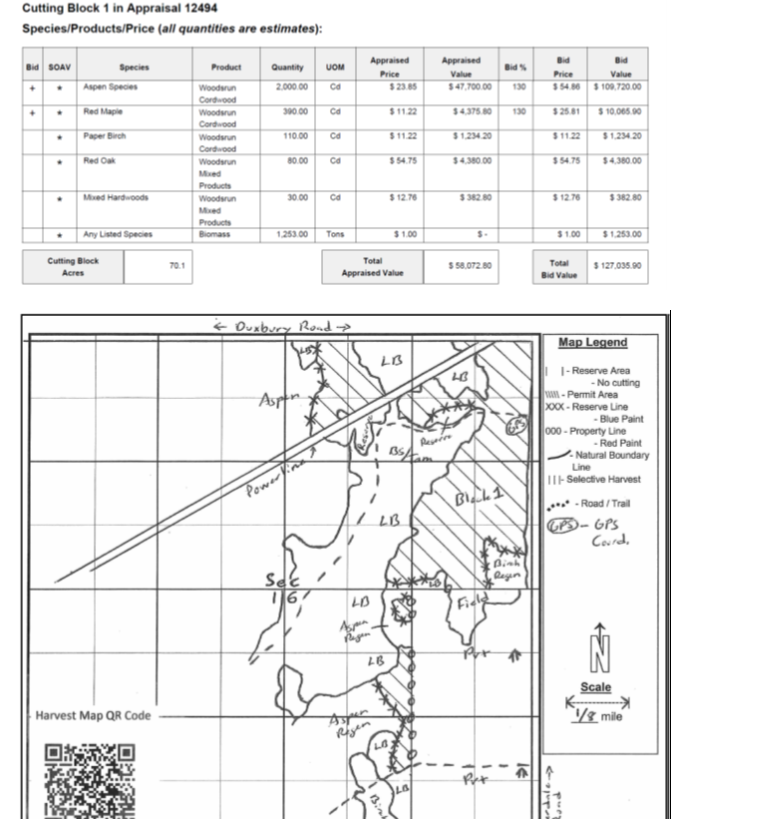
Figure 5: Timber sale permit

Figure 6: Identified pre-treatment buckthorn locations with 100 foot buffers.
We asked ourselves two important questions as we considered whether the treatment was worthwhile. Specifically:
- Would aspen regeneration have been adequate without the buckthorn control work?
- We think the buckthorn control work probably had modest impact on aspen regeneration on this site, with its relatively low pre-treatment buckthorn population. Aspen regeneration benefitted from the reduced buckthorn competition, but it would have met or exceeded regeneration standards without the buckthorn control work.
- The buckthorn control work may also have helped with establishment and recruitment of components of other, desirable species such as oak that have slower juvenile growth.
2. Did the buckthorn control work slow spread on, and beyond the site?
Yes, the control work did slow spread on and beyond the site.
- Buckthorn was set back by the treatment, so presence of seed-producing stems was delayed by several years.
- The treatment reduced what would have been more aggressive resprouting and growth of healthy buckthorn stems broken off during harvest operations.
- We can’t know for sure, but it is possible that the buckthorn competition control work will result in establishment & recruitment of a somewhat denser native forest canopy. If that happens, the denser canopy shade may help control buckthorn spread.
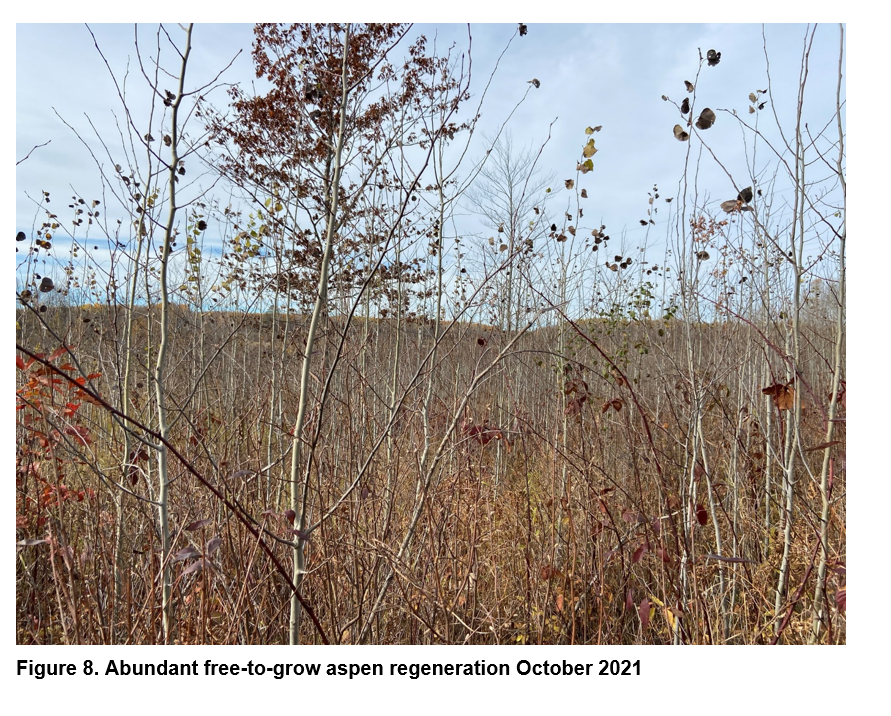
Figure 8: Abundant free-to-grow aspen regeneration in October 2021.
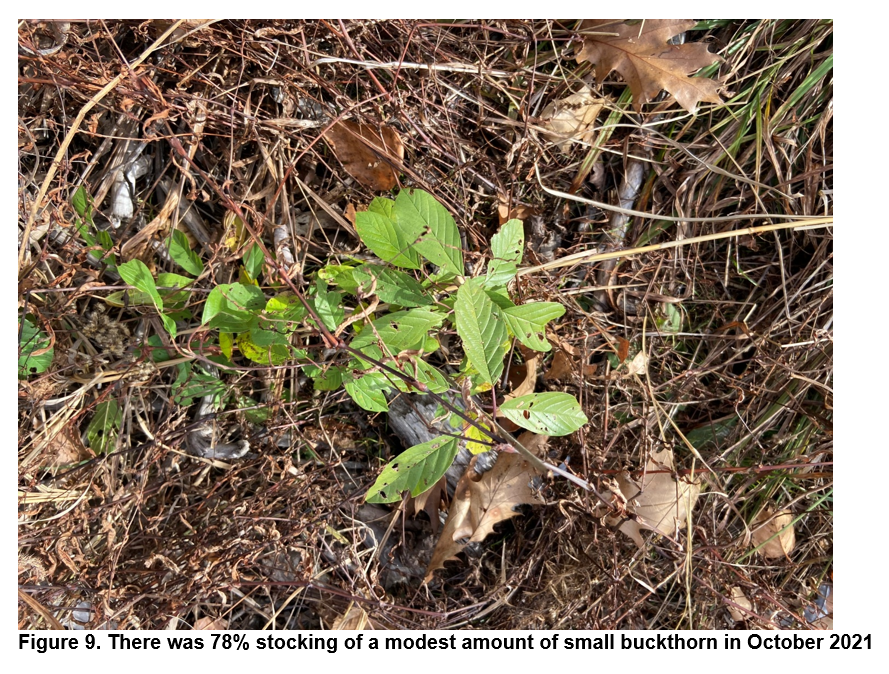
Figure 9: There was 78% stocking of a modest amount of small buckthorn in October 2021.
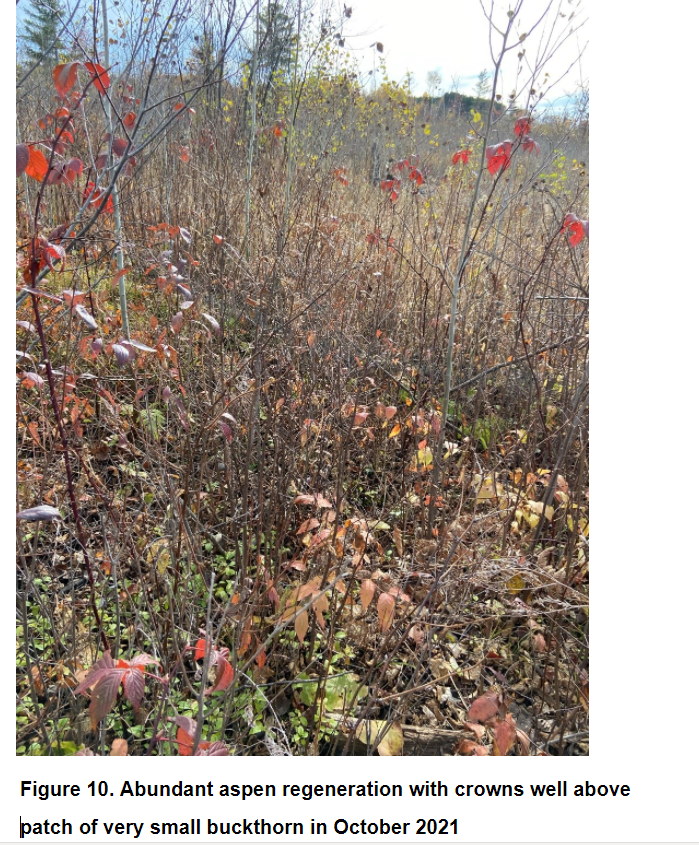
Figure 10: Abundant aspen regeneration with crowns well above a patch of very small buckthorn in October 2021.
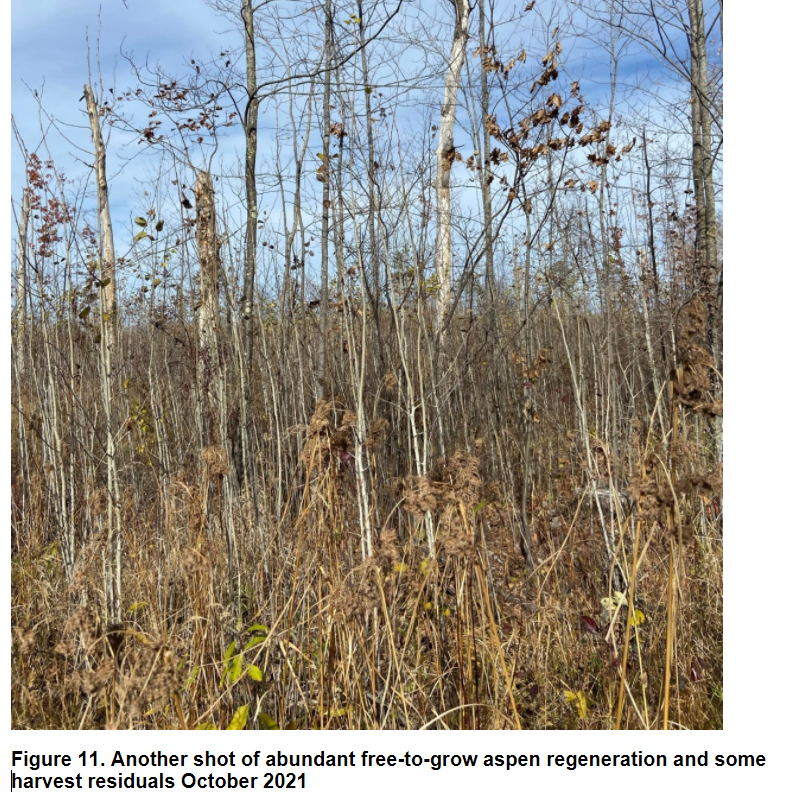
Figure 11: Another shot of abundant free-to-grow aspen regeneration and some harvest residuals in October 2021.
Plans for future treatments
To continue to slow and reduce the spread of buckthorn on and beyond the site we plan to:
- Re-survey the site for buckthorn numbers, size and distribution in 10 or 15 years.
- If necessary based on our survey results, repeat the basal bark herbicide treatment on buckthorn.
Costs and economic considerations
Buckthorn Control Costs
Buckthorn control herbicide spot treatment by CCM: $6,407 total (2017 dollars)
Forester time to set up & administer buckthorn control: $ 500 total (2016 dollars)
Total buckthorn control costs: $6,900 (2016 and 2017 dollars)
Buckthorn control cost/acre: $6,900/ 283 acres treated = $24.38/acre
Note: Cost for timber sale setup and administration not included in these figures.
Revenue:
Timber sale revenue: $1,284.73/acre (2017 dollars)
Total Revenue: $1,284.73/acre (2017 dollars)
Other notes
We gratefully acknowledge the review and editing assistance of MNDNR Silviculture Program Coordinator Mike Reinikainen.
Summary / lessons learned / additional thoughts
The project was worthwhile. It demonstrated a low-cost, reasonably effective control option that will enable more treatment to be accomplished for light buckthorn infestations in places where buckthorn is not yet endemic.
We think the technique of identifying buckthorn locations during timber appraisal and pre-harvest spot herbicide treatment slowed buckthorn spread on and beyond the site.
- Buckthorn was set back by the treatment, so presence of seed-producing stems was delayed by several years.
- The treatment reduced what would have been more aggressive resprouting and growth of healthy buckthorn stems broken off during harvest operations.
We think the buckthorn control work had only modest impact on aspen regeneration.
Aspen regeneration would have met or exceeded regeneration standards without the buckthorn control work.
- We think the buckthorn control work had a modest positive impact on aspen regeneration on this site, which had a relatively low pre-treatment buckthorn population. Aspen regeneration benefitted some from the reduced competition, but it would have met or exceeded regeneration standards without the buckthorn control work.
- The buckthorn control work may have also helped a bit with establishment and recruitment of components of other, desirable species such as oak that have slower juvenile growth.
To continue to slow and reduce the spread of buckthorn on and beyond the site we plan to re-survey the site for buckthorn numbers, size and distribution in 10 or 15 years and repeat the basal bark herbicide treatment on buckthorn if needed.
Supplemental content
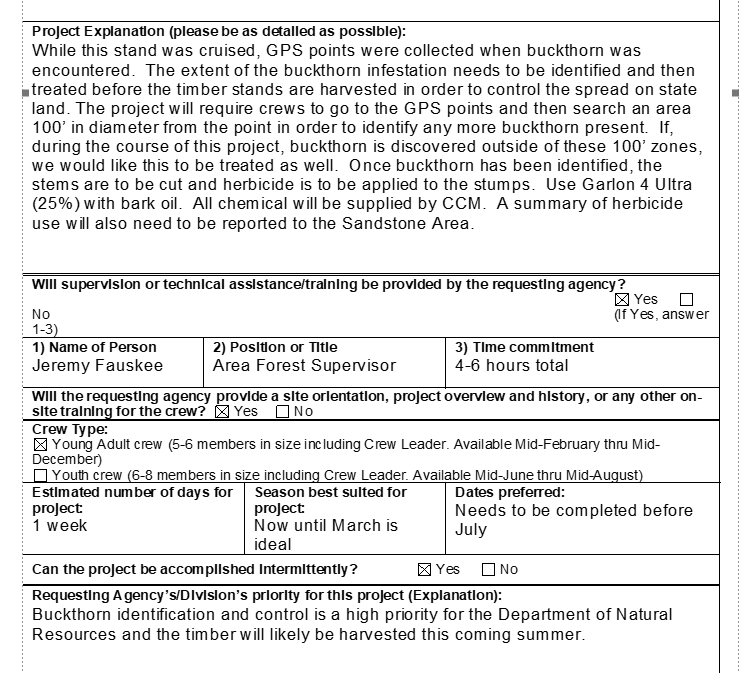
Figure 7: CCM buckthorn control project proposal.
